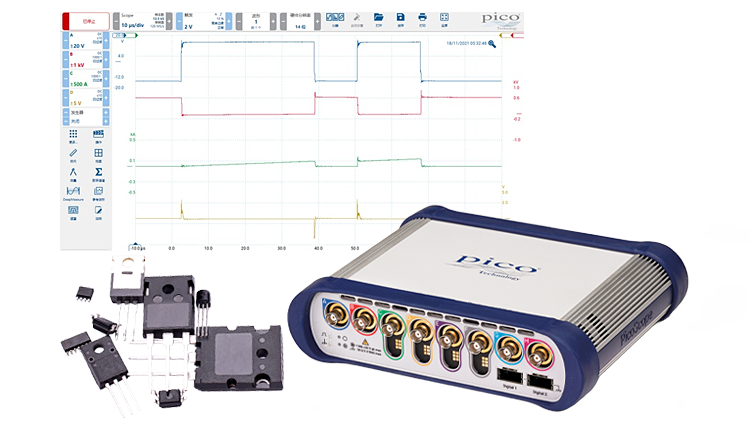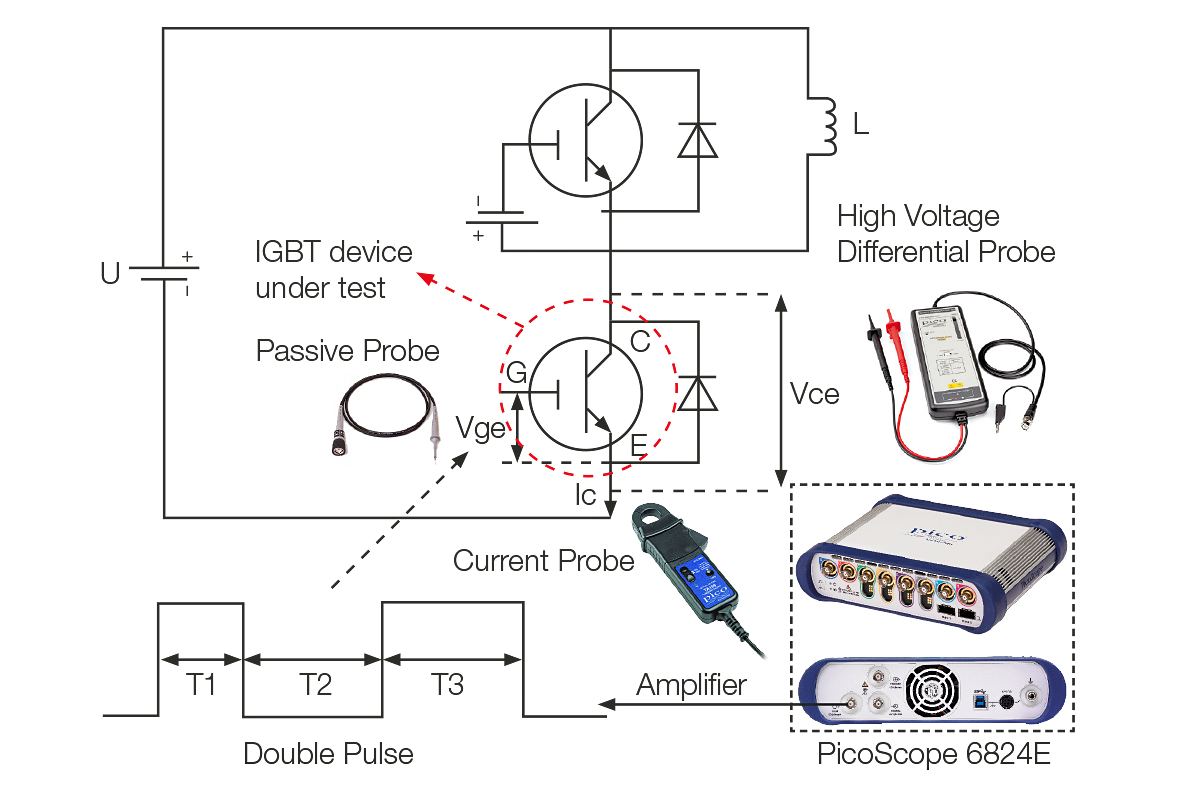#1
Cost-efficiency
Cost-efficiency
Read more at: https://www.bisinfotech.com/verify-dynamic-characteristics-of-igbts-with-picoscopes/
Cost-efficiency
Read more at: https://www.bisinfotech.com/verify-dynamic-characteristics-of-igbts-with-picoscopes/
Due to their simple structure, the models offer unique hardware advantages, including high bandwidth/sample rate, large memory, high/flexible ADC resolution, multiple analog and digital inputs and high speed. By utilizing the full power of an external PC, PicoScopes have more software features, including more than 30 serial decoders, advanced math functions (FFT, filter, measurement display, etc.). In addition, dozens of PicoScope models make it easy to choose an affordable model suitable for your applications.
#2 High/flexible ADC resolution
With a vertical resolution of 8 to 16 bits, PicoScopes offer a wide range of possibilities. The higher the resolution, the greater the vertical accuracy and dynamic range. This feature, called FlexRes, is based on Pico's groundbreaking ADC technology, which makes it possible to switch from 8 to 16 bits in a single device.
#3 Fast and powerful SDK
With the SDK (Software Development Kit), user-defined applications can be created for special projects. This makes PicoScopes more than just a normal oscilloscope. PicoScopes running under the SDK have a much better performance. For example, it can continuously acquire data at a speed of up to 312 MSa/s, transfer it to the laptop/PC and set advanced triggers and generate waveforms. All Pico Technology products are supplied with a free SDK. The SDK includes drivers for Windows, macOS, Linux and Raspberry Pi (ARM7). It allows users to write their own software to control the devices using common languages such as C, C#, C++, Python, MATLAB, LabVIEW and Microsoft Excel.
#4 Compact and portable
PicoScope models are lightweight and portable. Combined with a laptop/PC, a PicoScope allows you to carry a complete measurement solution in a bag. Due to their small size, PicoScopes are also easier to integrate into systems without increasing their weight or size.

